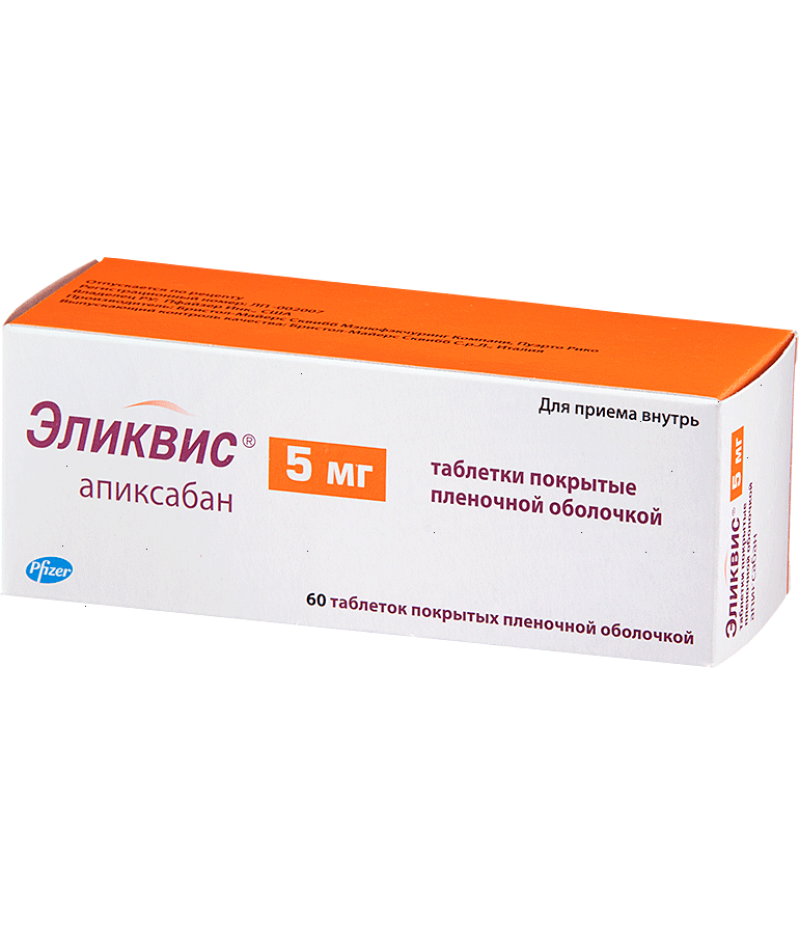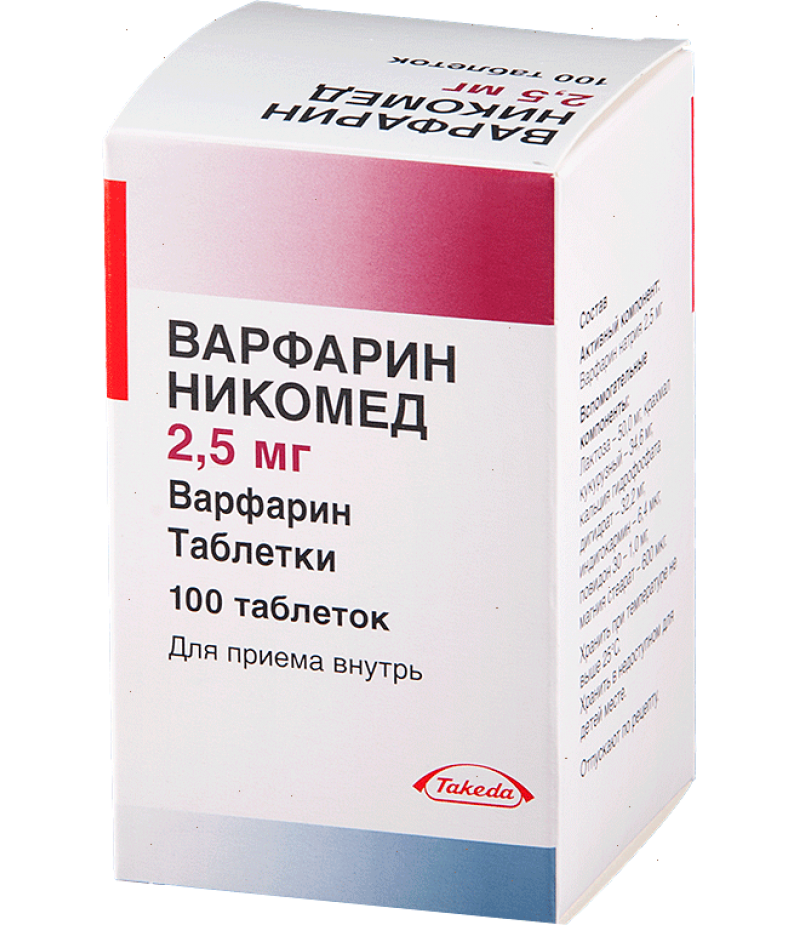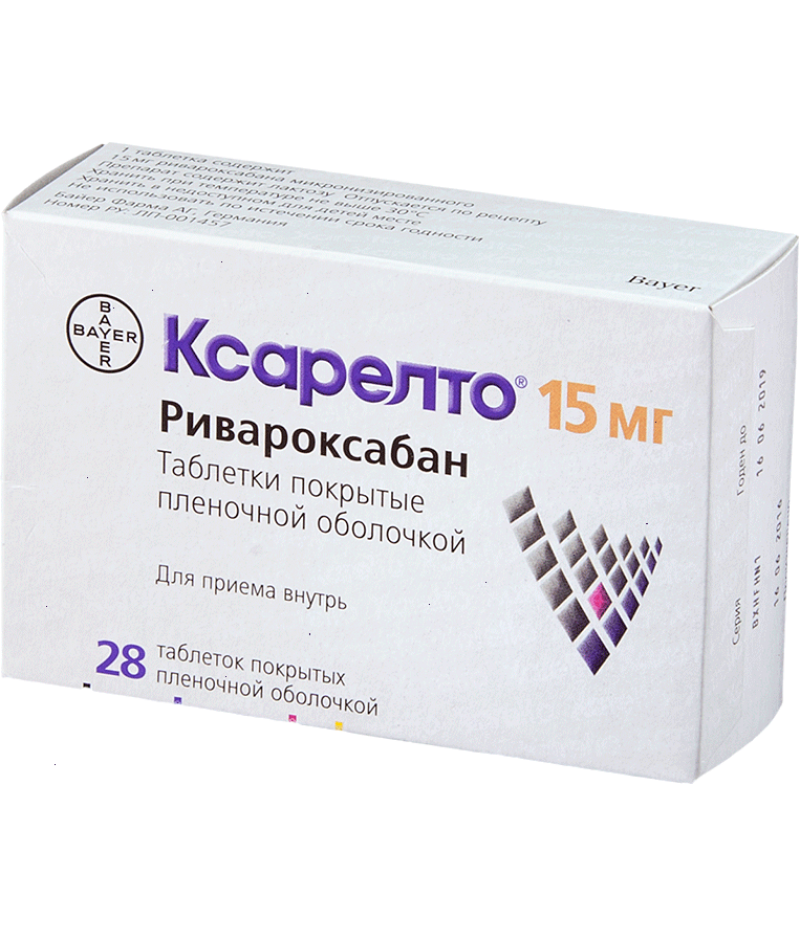Eliquis tabs 5mg #60
- $79.80
- 2 or more $78.60
- 3 or more $77.80
- Availability:In Stock
Eliquis instructionYou can buy Eliquis tablets hereCompositionIn 1 tablet of apixaban 2.5 or 5 mg. Lactose, MCC, croscarmellose sodium, magnesium stearate, sodium lauryl sulfate, as auxiliary substances.Form of issueTablets in a s..
Tags: tabs
Eliquis instruction
You can buy Eliquis tablets here
Composition
In 1 tablet of apixaban 2.5 or 5 mg. Lactose, MCC, croscarmellose sodium, magnesium stearate, sodium lauryl sulfate, as auxiliary substances.
Form of issue
Tablets in a shell of 2.5 mg and 5 mg.
pharmachologic effect
Antithrombotic.
Pharmacodynamics and pharmacokinetics
Pharmacodynamics
Xa-key factor inhibitor, which plays a role in blood coagulation. To realize the effect of the active substance, the presence of antithrombin III is not required. Inhibits the aggregation of platelets. As a result of the drug is prolonged prothrombin time, APTT and prevents the formation of blood clots. If the drug is used in a therapeutic dose, then the changes in these indicators are insignificant.
The use of Eliquis is indicated in the treatment of vein thrombosis and for the prophylaxis of thromboembolism in patients with atrial fibrillation, as well as after endoprosthetics of the joints of the lower limbs. On the background of therapy, there is no need to constantly determine its concentration in the blood. The decision to continue treatment is taken after the study of anti-FXa activity.
Pharmacokinetics
Quickly absorbed in the digestive tract. Bioavailability is 50%. Cmax is determined 3-4 hours after administration. For doses of 2.5 mg 10 mg, pharmacokinetics is linear. When taken in a dose of more than 25 mg - reduced absorption and reduced bioavailability. Connection with human blood proteins 87%. Metabolized by the isoenzyme CYP3A4 / 5. About 25% of the dose is excreted through the intestine.
When the renal function of Cmax in the blood does not change. Also, there were no significant changes in pharmacodynamic parameters when taking 5 mg of the drug in patients with mild or moderate hepatic insufficiency. Studies with severe hepatic insufficiency have not been conducted. In elderly people, higher levels of active substance concentration in the blood are observed. In patients with a weight of 120 kg, the concentration in the blood is 30% lower than in patients weighing up to 85 kg.
Indications for use
treatment of venous thrombosis and thromboembolism of the pulmonary artery;
prevention of thromboembolism in atrial fibrillation against stroke, hypertension, heart failure, diabetes mellitus;
prevention of thrombosis after arthroplasty of the joints of the lower extremities.
Contraindications
active bleeding;
hypersensitivity;
liver disease, accompanied by a risk of bleeding;
impaired renal function;
pregnancy;
lactation;
age to 18 years.
With caution is prescribed for spinal puncture, epidural anesthesia, while taking inhibitors of the isoenzyme CYP3A4 (ketoconazole, voriconazole, itraconazole). The risk of bleeding increases with congenital disorders of coagulability, thrombocytopenia and hemorrhagic stroke, exacerbations of peptic ulcer, with simultaneous application with NSAIDs.
Side effects
Common side effects:
nausea;
anemia;
bleeding during surgery.
Rarely encountered adverse reactions:
arterial hypotension;
thrombocytopenia;
hypersensitivity;
hemorrhages in the eye tissue, rectal bleeding, hemoptysis, nasal and gingival hemorrhages;
hemorrhage in the muscles;
hematuria.
Eliquis, instructions for use (Method and dosage)
Eliquis tablets are taken orally. The dosage depends on the diseases.
After a planned endoprosthesis, Eliquis is prescribed 2.5 mg twice a day and starts taking 12 hours after the intervention. The duration of treatment is 38 days for hip replacement and 14 days for endoprosthetics of the knee joint.
Atrial fibrillation - 5 mg 2 times a day. At a weight of up to 60 kg and at the age of 80 years - 2.5 mg twice a day.
In the treatment of DVT and PE, 7 days 10 mg twice a day, then 5 mg twice a day.
For the prevention of relapses, PE and DVT are taken 2.5 mg twice a day for 6 months.
Overdose
Is bleeding. In clinical studies, taking a dose of 50 mg per day for a week did not cause undesirable effects. The antidote is not known. The reception of activated carbon is effective.
Interaction
Combination with ketoconazole (an inhibitor of the isoenzyme CYP3A4 and P-glycoprotein) leads to an increase in Cmax of almost 1.6 times, but dose correction is not required. Preparations diltiazem, amiodarone, naproxen, quinidine, verapamil lead to an increase in the concentration of the active substance, but to a lesser extent (in 1,3 -1,4 times). Dose adjustments are also not required. Use with rifampicin (inducer isoenzyme CYP3A4) leads to a decrease in Cmax of active substance in the blood by 42%. The same effect should be expected when combined with phenytoin, phenobarbital and carbamazepine. In the treatment of PE and DVT, the use of these drugs is not recommended.
With the simultaneous use of enoxaparin and apixaban, the effect on FXa is noted. Significant interaction with acetylsalicylic acid was not observed in healthy individuals.
The combination with clopidogrel and acetylsalicylic acid does not lead to an increase in bleeding time and the coagulation system indicators remain the same as with apixaban monotherapy. However, such a triple combination of drugs is contraindicated in patients with acute coronary syndrome and concomitant diseases. In atrial fibrillation, the triple combination also leads to a risk of bleeding.
It is not recommended to use heparin or its derivatives, fondaparinux, desandin, dipyridamole, sulfinpyrazone, dextran, vitamin K antagonists and thrombolytic drugs in view of the risk of bleeding.
Clinically significant interaction with atenolol and famotidine was not detected. However, combination with atenolol is accompanied by a decrease in Cmax apixaban. In studies, apixaban did not affect the pharmacokinetics of naproxen and digoxin.
Terms of sale
You don't need a prescription to buy Eliquis online.
Storage conditions
Temperature up to 30 ° С.
Shelf life - 3 years.
Reviews about Eliquis
Venous, arterial and cardiac thromboses, thromboembolism are an important medical problem. About 10% of patients with thromboembolism are at risk of recurrence, which can lead to death. It is in such situations that this drug is prescribed, which showed good results in reducing the risk of systemic embolism especially in patients with concomitant congestive heart failure, a history of history, renal dysfunction, and also in older people.
Moreover, taking the drug is associated with a significantly lower risk of bleeding when compared with warfarin, rivaroxaban, or vitamin K antagonists. For example, the latter block the formation of many coagulation factors, and the new direct anticoagulants, to which Eliwis relates, block only one stage of coagulation. Unlike warfarin, they interact less with drugs and their doses are easily selected.
This drug is convenient to use - a fixed dose twice a day daily without the need for laboratory monitoring. This is important for patients with atrial fibrillation who need lifelong reception of anticoagulants to prevent cardioembolic stroke. Here are some testimonials of patients who use this drug.
"... Left ventricular fibrillation, atrial fibrillation. Have appointed this drug while I transfer well ».
"... Eliquis 5 mg is taken twice a day (the cardiologist ordered after stenting). There is a burning sensation in the stomach after it is taken. "
"... At me a fibrillation of auricles the constant form, a tahisistolic variant. I take, among other drugs and Eliquis 5 mg 2 times a day. The state of health is normal. "
One of the complications of therapy with direct anticoagulants is bleeding. To reduce its risk, it is necessary to reduce the period of antithrombotic therapy: up to 12 months after acute coronary syndrome and up to 6 months after stenting with a covered stent.



